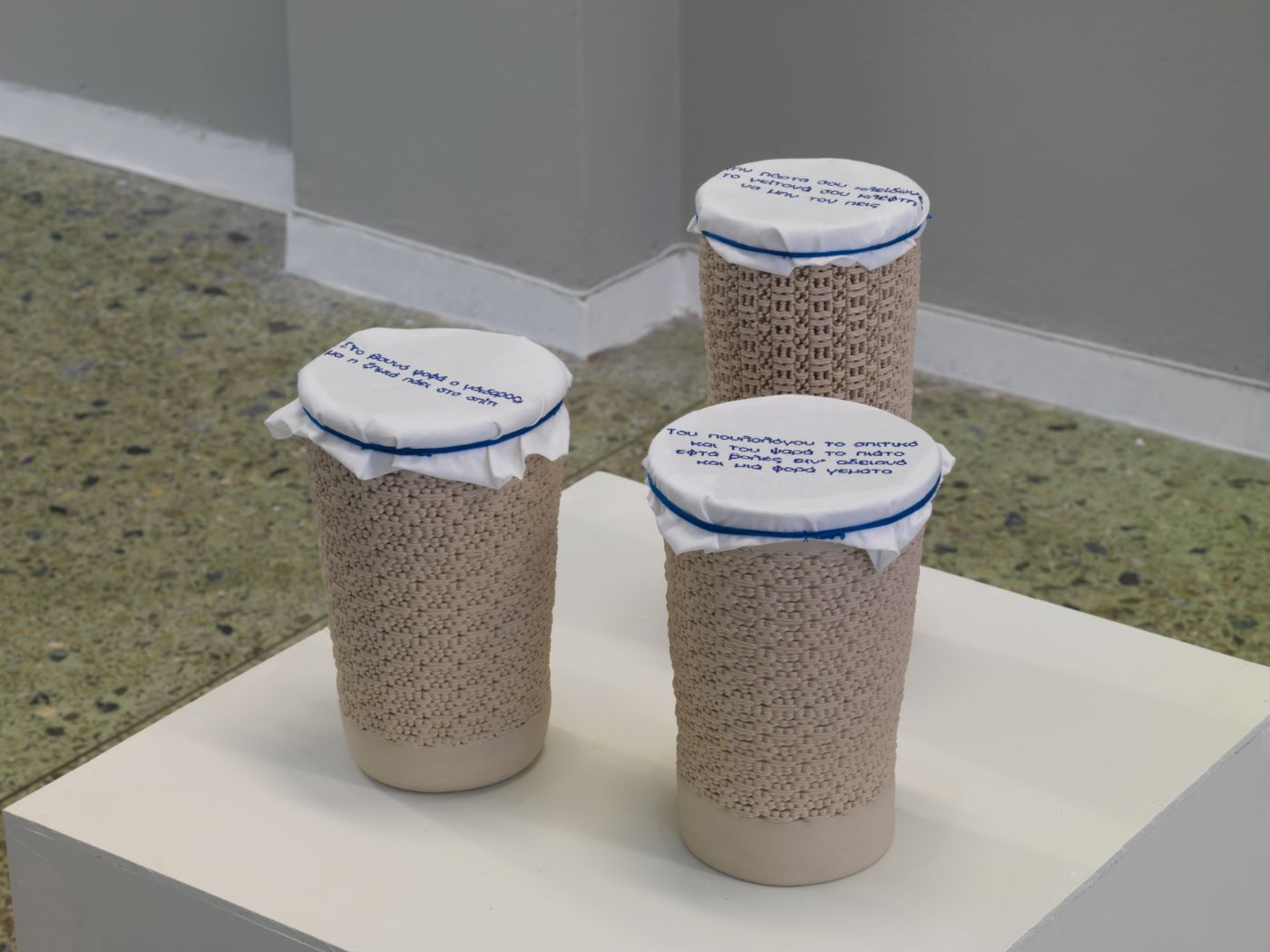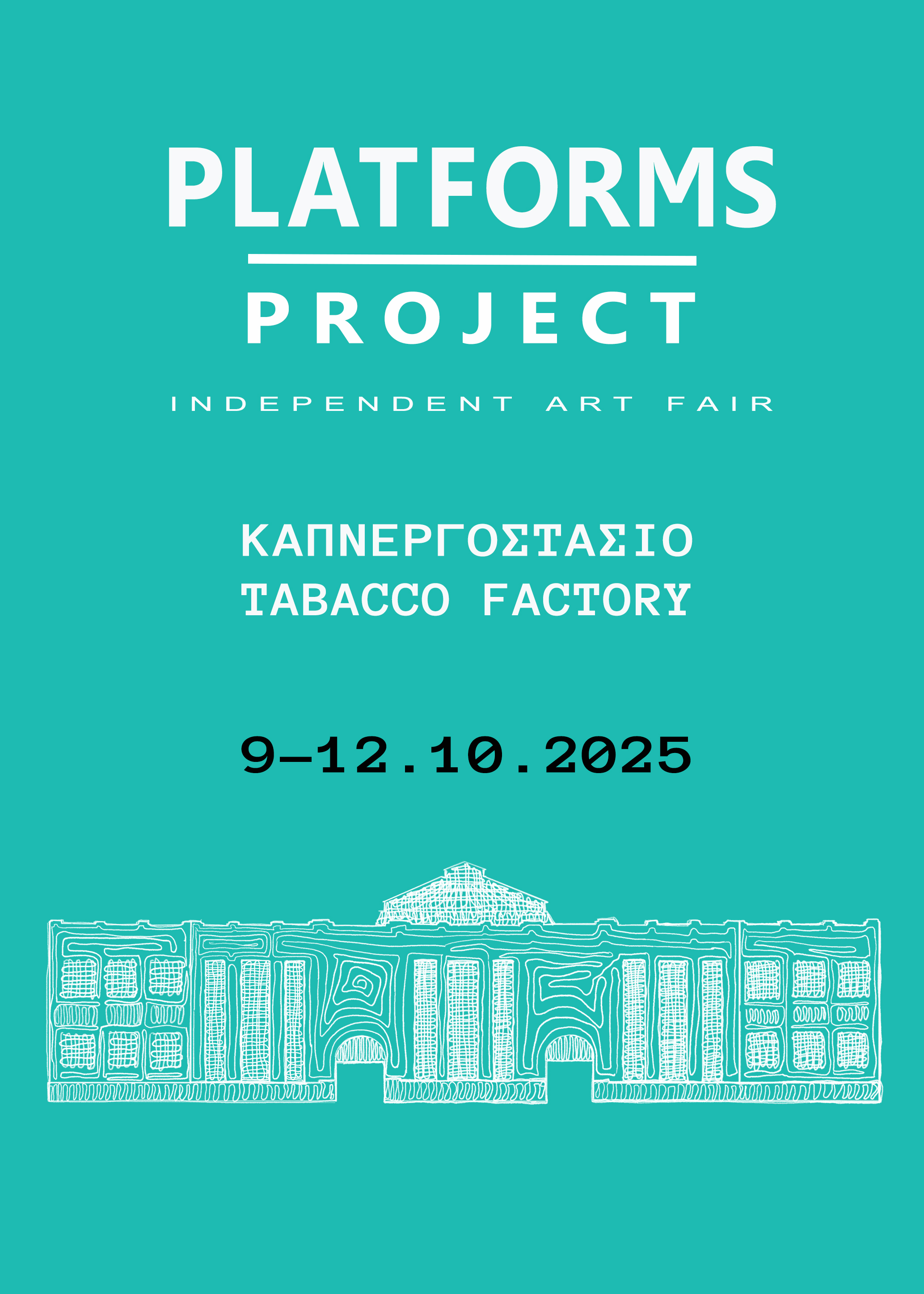Text by Kiriakos Spirou
During the interwar period, the Greek island of Anafi was a place of exile for political dissidents, namely the democrats and leftists who opposed the Metaxas dictatorship in Athens. One of the most arid places in Europe, the island is basically a mass of granite rising steeply from the sea, with few areas for farming or water sources. At 150 miles from Piraeus, it was distant and harsh enough to send exiles to: even today, it will take you ten hours by ferry to get there.
British social anthropologist Margaret Kenna dedicated her life’s work to studying Anafi, its exiles and its immigrants. Her field research began in 1966 and she subsequently published several books and articles on the subject. Her book The Social Organisation of Exile: Greek Political Detainees in the 1930s (2001) is based on the finding of glass and celluloid negatives showing the lives of political exiles on Anafi. Over the decades, Kenna amassed an extensive archive of documents and photographs that offer us a glimpse of what life might have been like on the isolated island a few decades ago. Many of her photographs Kenna donated to the Benaki Museum in Athens, whilst her archive in its entirety was donated to the British School at Athens in 2019.
A wider public (outside of anthropological circles, that is) became acquainted with Kenna’s work in recent years through Phenomenon, a contemporary art biennial that takes place on Anafi and which is organised by Paris-based collectors Iordanis Kerenidis and Piergiorgio Pepe since 2015. Over the years, Kenna’s research influenced the biennial’s programming and even became part of it. To mark the donation of Kenna’s archive to the British School at Athens, Association Phenomenon is collaborating with State of Concept to present a semi-archival exhibition in Athens. According to the press release, the exhibition offers a unique perspective on an example of social organisation and how it has radically developed through the decades, posing many questions in relation to tradition, the ties between citizens in small communities, the role of women in them, but also decentralisation, modernisation and the isolation in remote islands such as Anafi.
The exhibition Weaving Histories: Margaret Kenna and Anafi consists mainly of Kenna’s own photographs, recordings and documents, some of which have never been shown in public before. Books and other objects are also part of the exhibition, including new works by contemporary artists that were commissioned specially for the exhibition and in response to Kenna’s work. Maria Varela created an installation consisting of a woven tapestry hanging from the wall and a set of 3D-printed ceramics with embroidered covers (Nisos, 2021), Hellen Ascoli wove on a loom a multicoloured band that hangs from a wooden rod (Red and Orange / Guatemala and Greece Study, 2021), while Zoe Hatziyiannaki recreated a traditional bedroom — complete with vintage photos on the walls — for the installation Plein Soleil (2021).
The exhibition is accompanied by a catalogue with texts by the exhibition’s curator iLiana Fokianaki, Margaret Kenna, Piergiorgio Pepe & Iordanis Kerenidis and Antonis Arvanitis, former president of the Anafiots Worldwide Association.





















